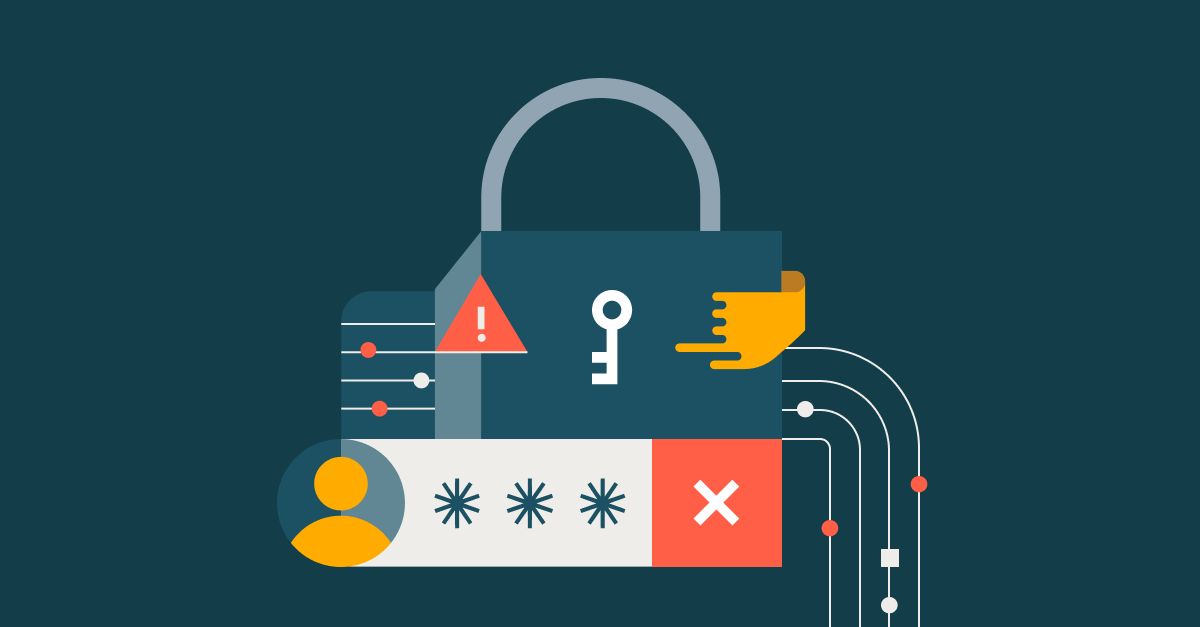미래를 확보하다: AT&T가 생성적 AI를 사용하여 사기 보호를 변혁하다

Published: February 14, 2025
작성자: 보 구, 이 채, Karen Fan, Jacob Zhang, Jackie Zhang, 올리버 추
(이 글은 AI의 도움을 받아 번역되었습니다. 원문이 궁금하시다면 여기를 클릭해 주세요)
AT&T에서는 매일 1억 8200�만 명의 무선 고객에게 혁신적이고 신뢰할 수 있는 무선 통신 서비스를 제공하는 데 전념하고 있습니다. 우리는 항상 운영을 개선하고, 고객 만족도를 향상시키고, 보안을 확보하기 위해 노력하고 있습니다. 이러한 약속의 핵심은 Databricks 데이터 인텔리전스 플랫폼을 기반으로 구축한 강력한 AI 기반입니다. 이를 통해 우리는 대규모 데이터와 AI에 대한 접근 방식을 현대화했습니다.
이 기반은 우리가 복잡한 도전 과제를 해결하고, 비효율성을 줄이며, 운영 전반에 걸쳐 확장 가능한 솔루션을 구현할 수 있게 해주었습니다. 이제 우리는 생성 AI (GenAI)가 사기 예방을 어떻게 변화시킬 수 있는지 탐구하고 있습니다. 우리의 첫 번째 개념 증명 (POC)은 이 기술이 통신 분야에서 가장 중요한 문제 중 하나인 복잡한 사기 시도를 실시간으로 예방하는 데 있어서 매우 흥미로운 잠재력을 보여줍니다.
전통적인 AI에서 GenAI로: 사기 탐지 향상
계정 해킹이나 신원 도용과 같은 사기 행위는 매년 기업과 소비자에게 수십억 달러의 비용을 발생시키며 고객 신뢰에 큰 영향을 미칩니다. 사기꾼들이 계속 혁신하고 있으므로, 우리는 적응력 있는 최첨단 솔루션으로 앞서 나가야 합니다. 전통적인 머신러닝(ML) 방법은 사기 패턴을 식별하고 위험 점수를 생성하는 데 효과적이었지만, 채팅 텍스트와 같은 비구조화된 데이터를 분석하여 사기 활동의 추가적인 측면을 식별하는 데는 종종 부족합니다.
기존의 ML에서는 모델을 사용하여 콜 센터 에이전트와 고객 간의 상호 작용인 통화 내용을 분석하고, 위험 점수를 생성하며, 잠재적인 사기 사례를 플래그 표시했습니다. 이러한 ML 모델들은 사기 공�격을 줄이는 데 도움을 주었으며, 100개 이상의 사기 탐지 ML 모델을 생산하여 80%의 사기 공격을 줄이고 고객 보호를 향상시키면서 수백만 달러를 절약하였습니다. 그러나, 사기 패턴은 빠르게 변화하며, 이 반응적인 접근 방식은 수동적인 개입과 광범위한 조사자의 노력을 필요로 했습니다.
생성 AI는 우리에게 변화를 가져다주는 이점을 제공합니다. 우리는 비구조화된 데이터에서 복잡한 패턴을 쉽게 식별하고, 알려지지 않은 사기 신호를 인식하고, 실제 세계 시나리오를 시뮬레이션하기 위해 합성 데이터셋을 생성할 수 있습니다. 우리는 다양한 산업 분야에서 발생하는 모든 신흥 사기 사례를 적극적으로 학습하고 이러한 통찰력을 우리의 작업에 적용하고 있습니다. 이를 통해 우리는 잠재적인 위협을 앞서 가고 문제가 확대되기 전에 문제를 해결할 수 있으며, 사기 탐지 노력에서 강력한 보호와 지속적인 개선을 보장할 수 있습니다.
Databricks를 이용한 빠르고 쉬운 혁신
Databricks 데이터 인텔리전스 플랫폼은 우리의 GenAI로의 여정을 가속화하는 데 중요한 역할을 하였습니다. 통합 레이크하우스 아키텍처를 활용하여, 우리는 다음과 같은 도구를 사용하여 사기 예방 POC를 개발하였습니다:
- Unity 카탈로그 를 통해 중요한 데이터셋에 안전하고 통제된 접근을 가능하게 합니다.
- MLflow 는 머신러닝 생명주기를 관리하고, 모델 버전과 성능을 추적합니다.
- 모델을 쉽게 배포할 수 있는 엔드포인트를 제공하고, 간단한 API 호출을 통해 실시간 사기 탐지를 가능하게 합니다.
- Databricks 앱 을 이용해 단 하루 만에 GenAI 앱을 구축하는 과정 - 그렇지 않았다면 몇 주가 걸렸을 것입니다.
- Databricks Assistant 는 코드를 생성하고 데이터를 효율적으로 탐색하여 생산성을 향상시킵니다.
오픈 소스 Meta Llama 3 및 Anthropic Claude 모델을 사용하여 고객-에이전트 채팅 기록에서 패턴을 추출하고, 사기 신호를 식별하고, 고객 감정을 평가하고, 실제 세계 시나리오에서 학습할 수 있는 적응형 모델을 구축했습니다. 이러한 통찰력은 사기 탐지를 간소화할 뿐만 아니라, 우리 팀에게 각각의 식별된 위험에 대한 실질적인 맥락을 제공합니다.
벡터 데이터베이스는 비구조화된 데이터를 통해 정확한 검색을 가능하게 함으로써 우리의 GenAI 능력을 더욱 향상시켰습니다. 예를 들어, GenAI에 의해 생성된 합성 데이터셋을 분석할 때, 우리는 이러한 도구를 사용하여 새로운 패턴을 발견하고 모델을 더 빠르게 개선합니다.
Databricks의 도구를 사용하면, 우리는 이제 하루 만에 GenAI 애플리케이션을 구축할 수 있습니다. 이는 개발 시간을 7배 줄인 것 입니다. 이러한 생산성과 효율성의 향상은 혁신이 시간 집약적일 필요가 없음을 보여줍니다.
미래 예측: POC에서 생산까지
이 POC가 아직 초기 단계에 있지만, 잠재적인 영향은 명확합니다. 이 앱은 이미 기존 방법보다 더 효과적으로 사기 신호를 식별하는 능력을 보여주었으며, 에이전트에게 실시간 인사이트를 제공하고 사기 관련 손실을 줄입니다. GenAI의 속도와 적응성이 Databricks의 확장 가능한 인프라와 결합되면, 우리는 이러한 초기 성공을 바탕으로 이러한 기능을 우리의 더 넓은 사기 예방 전략에 통합할 수 있을 것입니다.
우리의 GenAI POC는 우리의 운영 전반에 걸쳐 AI와 데이터 기반 솔루션을 활용하는 데 대한 우리의 더 넓은 약속을 기반으로 합니다. 앞서 언급했듯이, 우리와 Databricks와의 파트너십은 이미 사기 예방에서 중요한 진전을 이루어냈으며, 공격을 80% 줄였습니다. GenAI를 통해, 우리는 더 큰 결과를 달성할 수 있을 것입니다. 이에는 콜 센터 효율성 향상, 실시간 사기 알림, 그리고 개선된 고객 경험이 포함됩니다.
AT&T에서의 GenAI 다음 단계는 무엇인가요?
우리의 첫 번째 생성 AI 도입은 단지 시작일 뿐입니다. 이 POC는 GenAI가 복잡한 도전 과제를 해결하고, 대규모로 혁신적인 솔루션을 제공하는 데 있어서 변혁적인 잠재력을 보여줍니다. 앞으로 우리는 고객 서비스, 에이전트 교육, 그리고 사기 예방에 걸쳐 GenAI 이니셔티브를 확장할 계획입니다. 이를 통해 우리는 변화하는 위협에 앞서 나갈 수 있습니다.
Databricks가 제공하는 강력한 기반 위에 구축함으로써, 우리는 고객에게 탁월한 가치를 제공할 수 있다는 확신을 가지고 있습니다. 다음 단계는 이 POC를 생산 준비가 된 솔루션으로 확장하고, GenAI 통찰력을 기존 워크플로우에 통합하여 그들의 영향력을 극대화하는 것입니다. AT&T에서의 사기 예방 및 AI 혁신의 미래는 밝으며, 우리는 이 여정이 우리를 다음으로 어디로 이끌 것인지 기대하고 있습니다.

